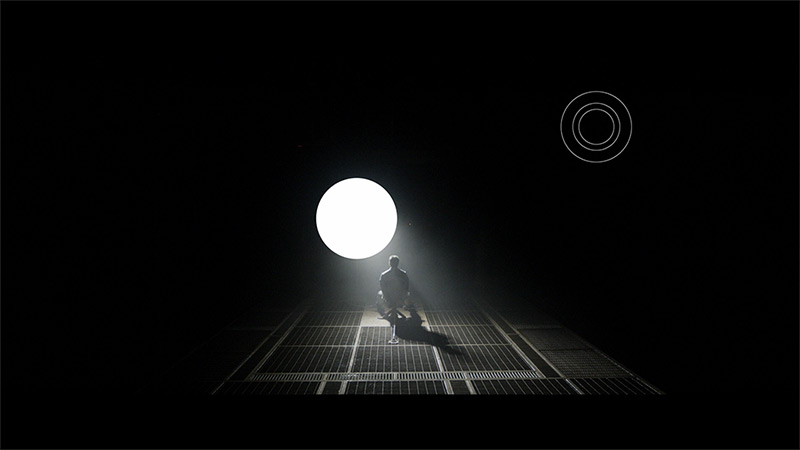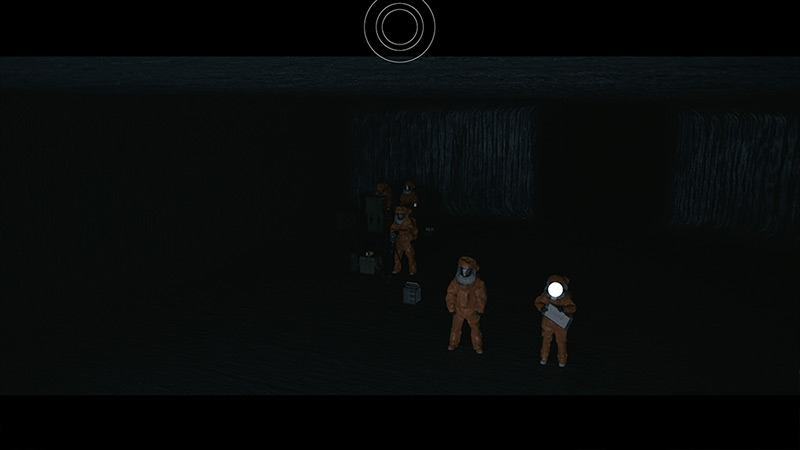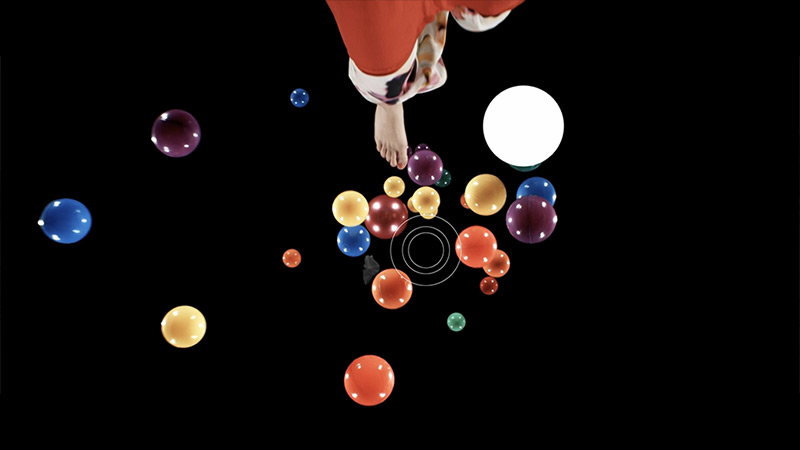The Samsung QN85D is the entry-level model in Samsung's 2024 Mini LED – Neo QLED lineup, offering a well-balanced mix of modern smart features and impressive picture quality. Running on the Tizen platform, the QN85D provides extensive support for Samsung's SmartThings ecosystem, enabling seamless integration with other smart devices in the home, regardless of brand. Apple users benefit from AirPlay compatibility, making content sharing from Apple devices straightforward, while the Daily+ feature adds an extra layer of engagement by delivering daily curated content, enhancing everyday use.
For regular viewing, the QN85D performs commendably. Its high brightness level allows it to easily handle well-lit rooms, and the central stand offers stability and aesthetic appeal. Though it lacks a recording function, the QN85D includes several practical features, such as a solar-powered remote that also controls Canal+ decoders, along with Picture-in-Picture (PiP) mode, enhancing versatility in various viewing situations.
When it comes to picture quality, the QN85D excels in contrast and brightness. Its VA panel delivers deep blacks when viewed directly, and the Mini LED technology provides improved backlight control (with some limitations), which is particularly effective in dark scenes. A refresh rate of 120 Hz ensures smooth handling of fast-paced scenes, while low input lag makes the QN85D an excellent choice for gamers and sports fans alike.
Overall, the Samsung QN85D stands out in 2024 as a robust, feature-rich TV with high picture quality and advanced smart capabilities, making it ideal for both everyday viewing and more demanding movie or gaming sessions.
When we look at the Hisense E7NQ PRO in everyday use, it is immediately clear that this television is designed for a wide audience. Although the image doesn't blow you away at first glance, it improves significantly after proper calibration. The colours appear more natural, and a brightness of around 500 cd/m² makes it comfortable to watch even in a sunny living room. The wide viewing angles offered by the IPS panel are an added bonus – we no longer have to fight for the best spot on the sofa. Dolby Vision can enhance the overall experience, and in SDR mode, the TV delivers a pleasant picture. Sports and gaming fans will find even more reasons to be satisfied. The high refresh rate (144 Hz) guarantees smooth ball movements on the field, and low latency, VRR, ALLM, and compatibility with G-Sync and Dolby Vision in games cater to those who value responsiveness and immersive gaming experiences. Because of all this, E7NQ PRO has become an interesting option for PC gamers. The VIDAA system works smoothly with plenty of apps, although it lacks typical music platforms like Spotify or Tidal. However, one can count on recording, AirPlay, mirroring, and decent compatibility with wireless devices. Admittedly, there are some shortcomings and flaws – especially concerning subtitle support from USB or perfect brightness and contrast management, and the absence of HGIG may disappoint the most demanding gamers. When we gather all the impressions and experiences, E7NQ PRO emerges as a device that works well in many situations. It has its advantages – including wide viewing angles, pleasant picture after calibration, plenty of additional features, and excellent motion fluidity in sports or games. At the same time, it should be remembered that this is not a television intended for those looking for perfect experiences during evening screenings in complete darkness. In low light, the shortcomings in contrast and black levels become more apparent, so we suggest that those planning mainly evening screenings look for alternatives among competitors. Nevertheless, as a universal solution for everyday use – from watching TV in a bright living room to playing console and computer games – E7NQ PRO performs really well.



































































































